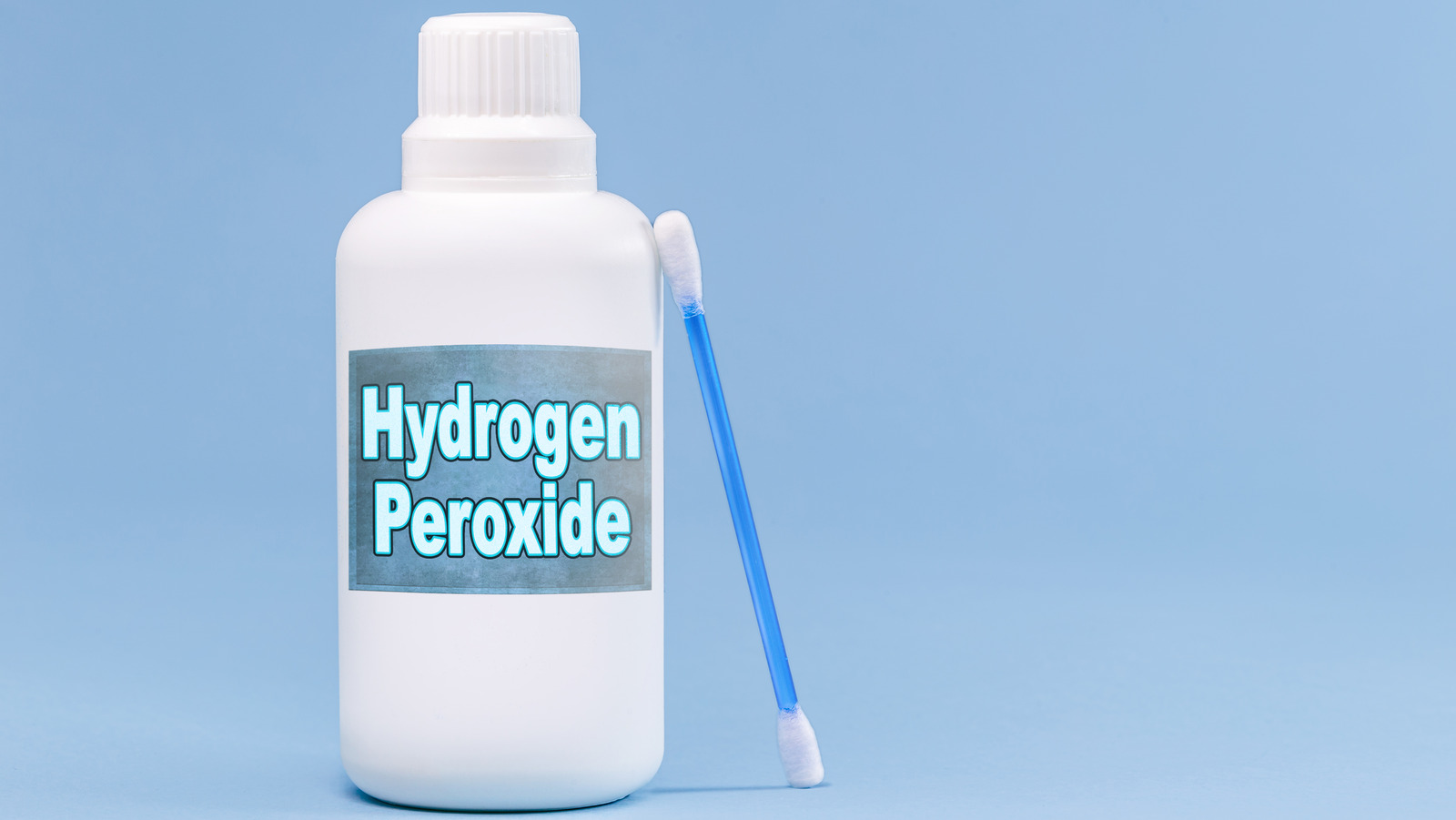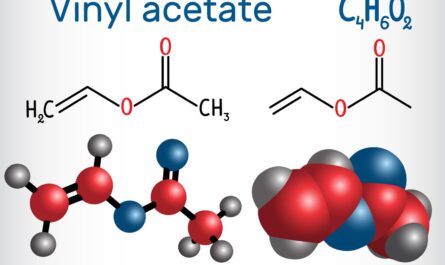Why Marine Lubricants Market are Critical for Ships?
Introduction to Marine Lubricants
Lubricants play a vital role in ships by reducing friction between moving parts and components that help to prevent corrosion and wear. The marine environment poses unique challenges for lubricants due to factors like varying temperatures, high humidity, exposure to sea water and airborne contaminants. Therefore, special lubricants known as marine lubricants are used in ship machinery and other systems. These lubricants are formulated to withstand the harsh conditions present at sea. In this article we’ll delve into the different types of marine lubricants quality standards and marine lubricant market outlook.
Types of Marine Lubricants
The main types of marine lubricants include engine oils, hydraulic oils, gear oils, greases and other specialty lubricants.
Engine Oils
Engine oils are used for lubricating the different engines onboard ships like main engines, generator engines and other auxiliary engines. They work at high temperatures and pressures inside the engine. Marine engine oils are designed to provide high thermal stability so they don’t break down easily at high operating temperatures. They also have good rust and corrosion protection. Common API engine oil grades for ships are CG-4, CH-4 and CJ-4.
Hydraulic Oils
Hydraulic systems onboard ships use hydraulic oils for smooth operation of machineries and equipment that work on hydraulic power. Examples include deck machinery, lifeboat davits and steering gears. Hydraulic oils are formulated to be inert, non-corrosive and have good viscosity control under wide range of pressures and temperatures. Common types are anti-wear hydraulic oils (AW) and environmentally acceptable hydraulic oils (EAL).
Gear Oils
Gearboxes used in main propulsion engines and other power transmission systems require gear oils with extreme pressure additives for protection against metal to metal contact under high loads. They provide anti-wear, anti-rust and anti-foam properties. Common types are industrial gear oils (GL) and extremely high viscosity index (EHVI) gear oils.
Greases
Greases are used for lubricating rolling element bearings, slides and other components requiring lubrication and protection from water ingress. Marine greases need to remain stable within a wide temperature range and protect against corrosion caused by seawater and humidity. Common marine grease types include lithium, calcium, aluminum complex and polyurea greases.
Specialty Lubricants
In addition to the above, other specialty lubricants used include stern tube/propeller shaft oils, wire rope, chain, bow thruster and thruster tunnel lubricants, diesel exhaust fluid (DEF) and systems fluids. These require special additive chemistries matching component material and operating conditions.
Quality Standards for Marine Lubricants
Marine lubricants need to meet stringent quality standards set by global organizations to ensure reliability and performance in the marine environment. Some key standards include:
American Bureau of Shipping (ABS): ABS approves lubricants that meet requirements of the ABS Rules for Materials and Welding (Part 2). This qualifies them for use onboard ABS classed ships.
Bureau Veritas (BV): The BV rules specify testing parameters and minimum performance criteria for different marine lubricant types to be accepted for use in BV classed vessels.
International Marine Organization (IMO): IMO regulates prevention of pollution from ships. Guidelines provide framework for environmentally acceptable lubricants to protect marine ecosystems.
American Petroleum Institute (API): Engine oil performance levels set by API like CG-4, CH-4, CJ-4 are globally followed criteria for marine diesel engine oil quality.
National Fire Protection Association (NFPA): NFPA 30 and NFPA 30A cover safe storage and handling of lubricants to prevent onboard fires and ensure personnel safety.
Original Equipment Manufacturers (OEM): Major engine and equipment makers provide lubricant specifications and approvals that are critical part of warranty terms.
Testing marine lubricant samples for key parameters like viscosity, total base and acid numbers, oxidation stability, sludge formation, rust prevention ensures only high quality products withstand harsh marine conditions. This greatly reduces machinery downtime and repair costs.
Global Shipping Fleet Requires Massive Volumes
With over 50,000 large oceangoing cargo and passenger ships operating globally every day, the worldwide demand for marine lubricants is enormous. Some key statistics:
– A large crude oil tanker may use up to 200 tons of lubricants annually for its main engine and auxiliaries.
– A modern containership burning 350 tons of HFO per day needs over 20,000 liters of lubricating oils and greases each year.
– Container vessel operators spend 3-6% of annual fuel budgets on lubricants that keep their ships running smoothly.
– Global marine lubricant consumption exceeds 1.5 million tons annually valued at over $6 billion. Top importers include China, South Korea and countries in Western Europe and North America.
– Reputable marine lubricant makers have global distribution networks and supply infrastructure to reliably meet demand from ports across all trade routes and oceans.
With the World shipping fleet projected to grow 1-2% annually through 2050 to accommodate rising global trade, the marine lubricant industry will remain a strategically important maritime commercial sector into the foreseeable future. Sustained investment in product R&D ensures formulations keep pace with evolving emissions regulations and technologies onboard modern ships. This maintains marine lubricants as the backbone of global shipping operations.
Adopting Reliable Lubricant Management Practices
For any shipowner or operator, choosing high quality lubricants approved by vessel classification societies and OEMs is the first step towards assuring uninterrupted operations. However, effective onboard lubrication management practices play an equally important role and drive marine lubricants market demand. Some best practices include:
– Developing a detailed lubrication survey schedule and sample testing program.
– Maintaining accurate lubricant consumption records for planning and inventory control.
– Ensuring storage tanks, handling equipment and pipes are corrosion free to prevent contamination.
– Carefully following equipment manufacturers’ relubrication intervals and changing filters on time.
– Training engine room crew in good hygiene practices during handling and top-ups to avoid mixing different product types.
– Stocking adequate emergency lubricant reserves suited for ship’s trading pattern and voyage duration.
– Engaging only OEM certified technicians for servicing machineries to retain product warranty.
Adhering to well-planned lubricant management gives ships the best insurance against equipment damage and failures from poorly maintained systems. This helps lower total cost of ownership over the vessel’s economic lifespan.




